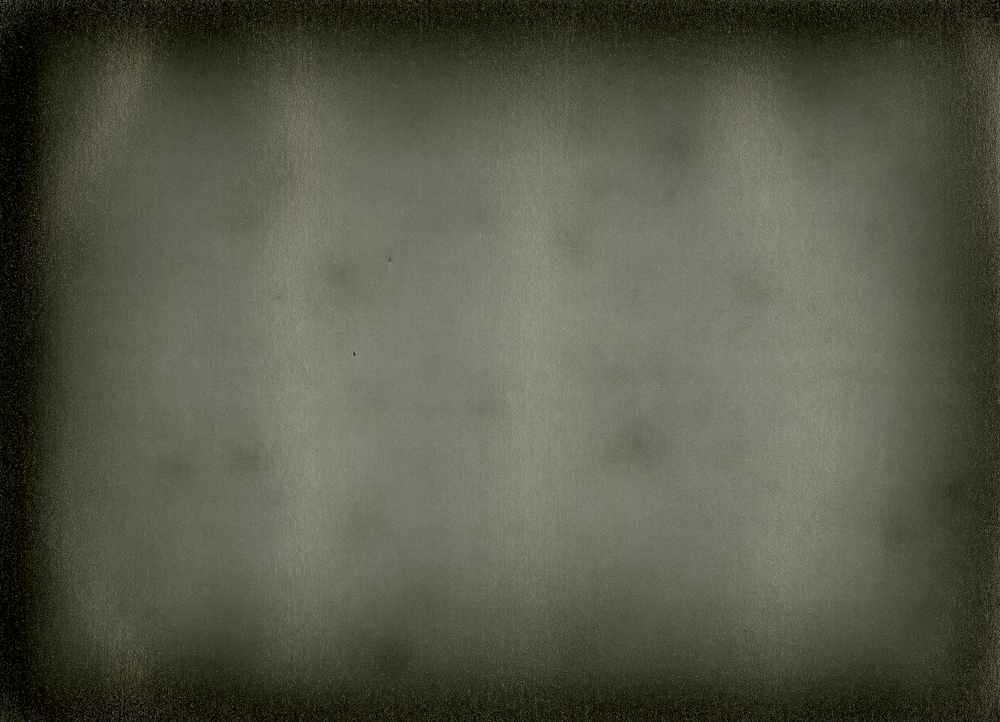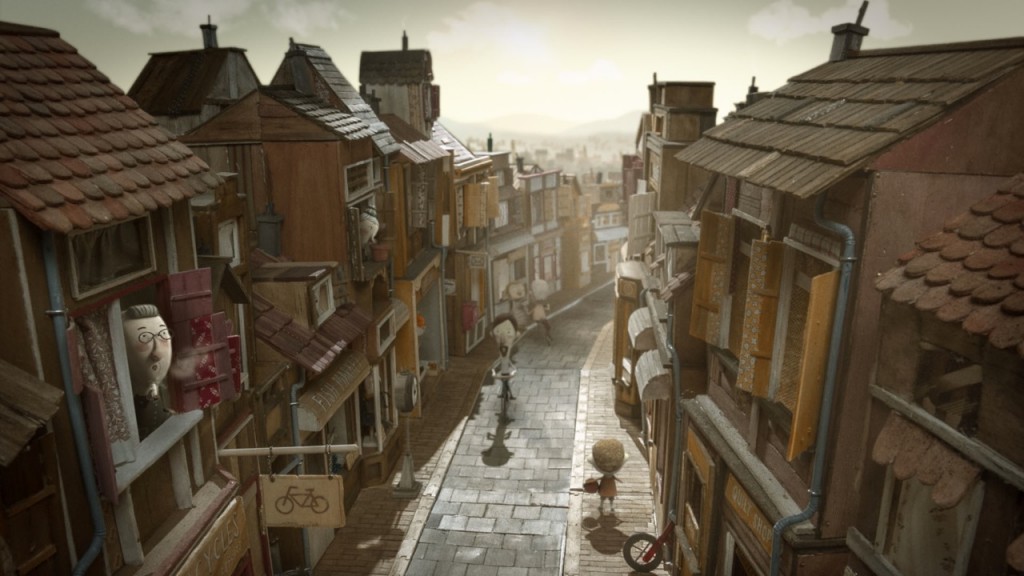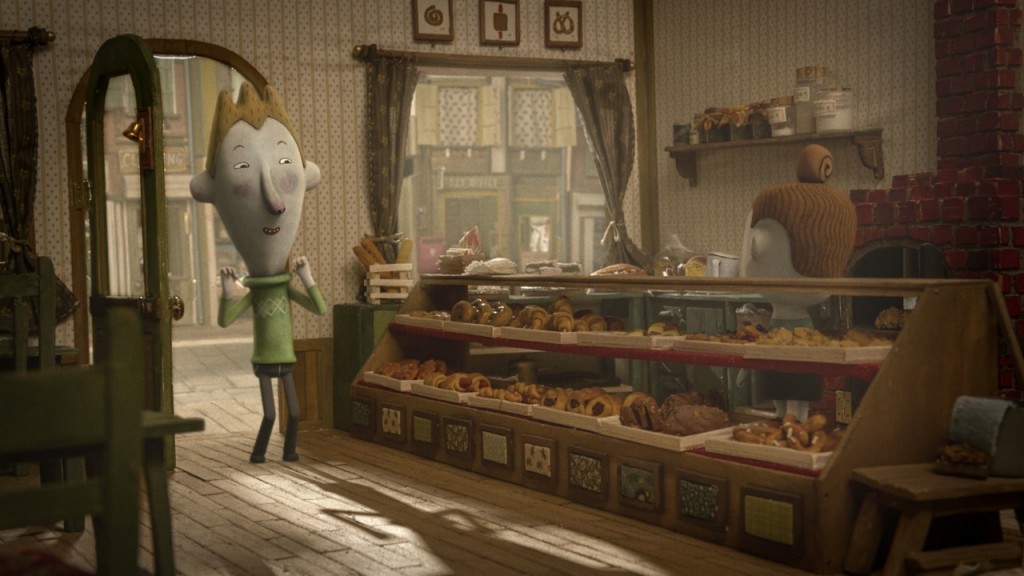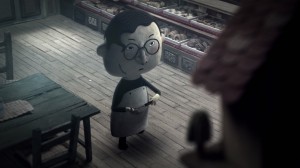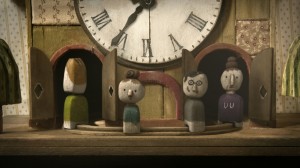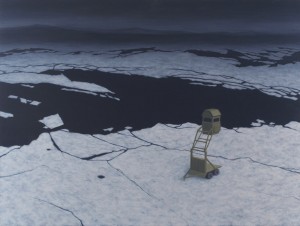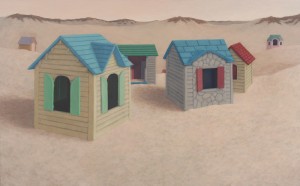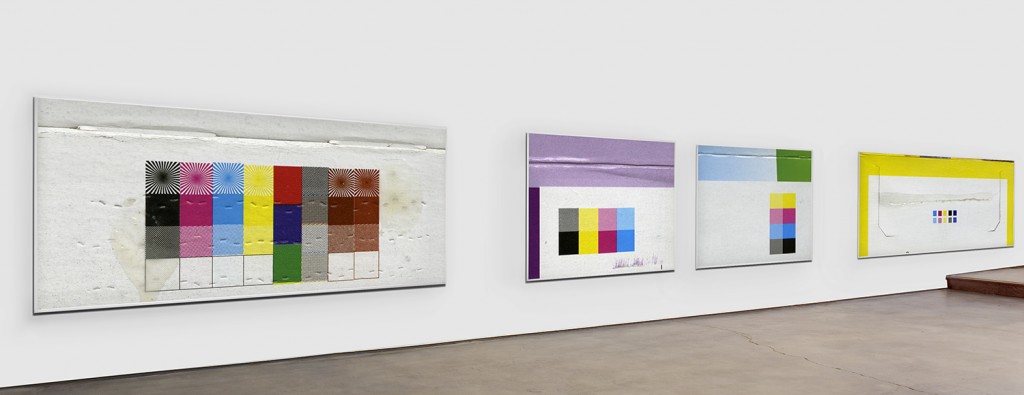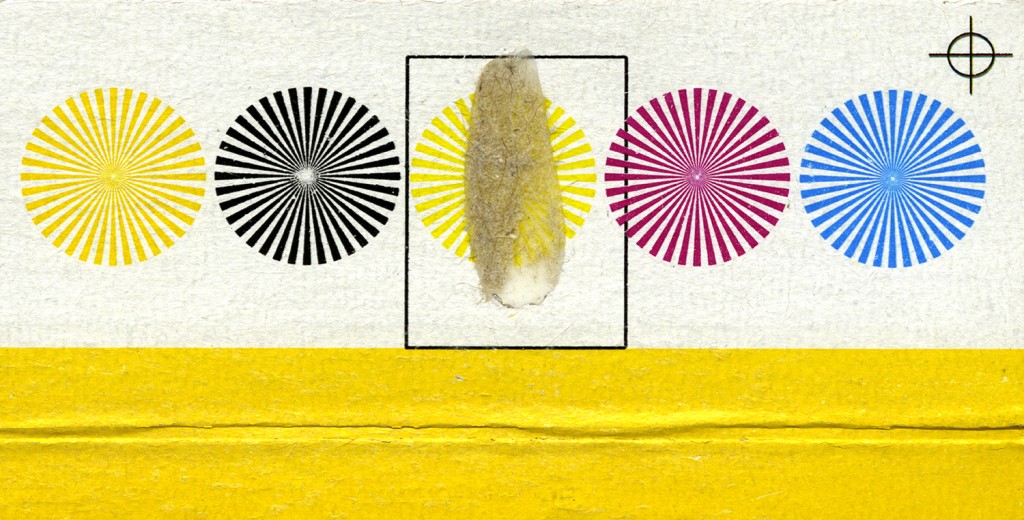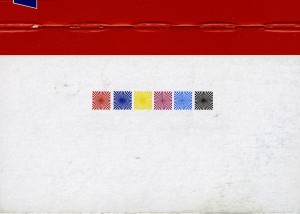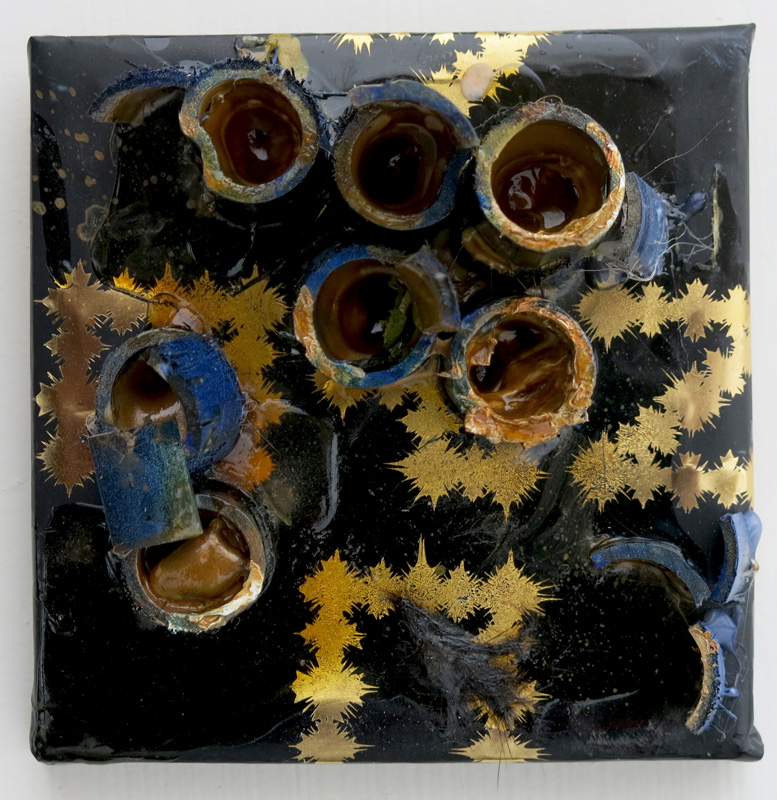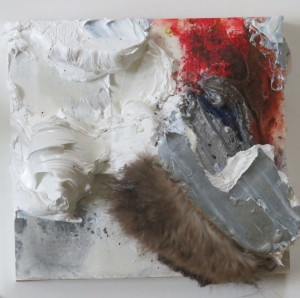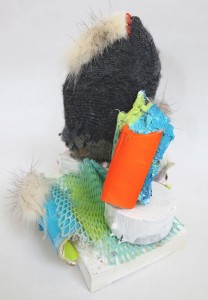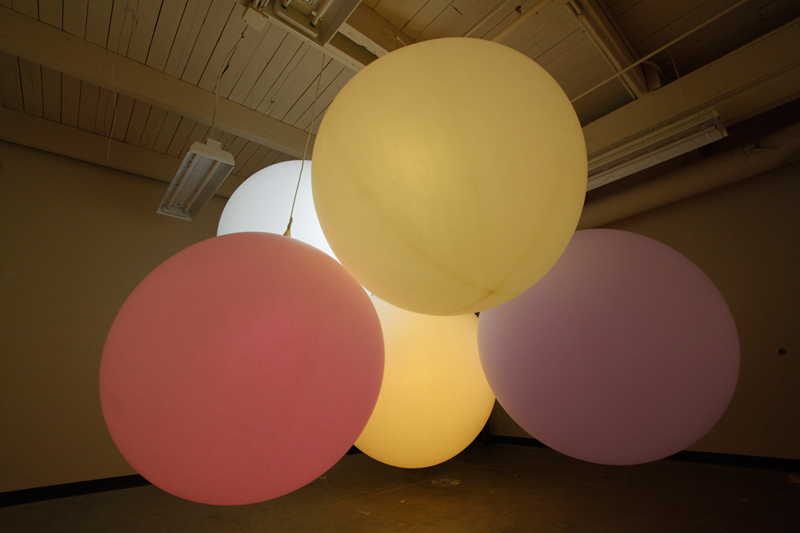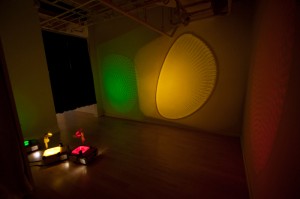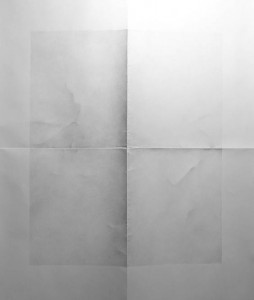This is the twelfth in a series of interviews with each of the Sondheim Award Semifinalists. Finalists will be announced in mid-April, and will be on exhibit at the Walters Art Museum June 21 to August 17; those not selected as finalists with be exhibited at the Decker, Meyerhoff and Pinkard Galleries at MICA July 17 to August 3, 2014.
Name: Jon Malis
Age: 29
Website: www.jonmalis.com
Location: Live – DC, a new landing spot is TBD, but I’m looking to buy.
Studio – Bloomingdale (DC)
Work – Baltimore
Hometown: Boston, MA
School: UG: George Washington University (DC)
Grad: American University (DC)
Current favorite artists or artwork: This is a good one… I just returned from London a few weeks ago, and saw so much amazing work that I’m perpetually horrible at picking favorites. Locally, I had a chance last week to tour the Winogrand show at the NGA with the show’s curator, and that was just an amazing experience. When I was in London, I had a chance to spend an afternoon with James Turrell’s show at Pace, and just the way he works with light…
What is your day job? How do you manage balancing work with studio time with your life?
I’m an Assistant Professor of Photography at Loyola University, and, honestly, at the moment, I’m not balancing my work/studio life as much as I should be. This is my first year at Loyola, so there have been a lot of administrative and teaching factors that have kept me out of the studio lately. I can’t wait for the summer to be able to spend the majority of my time in the studio, I’ve a lot of new ideas to develop.
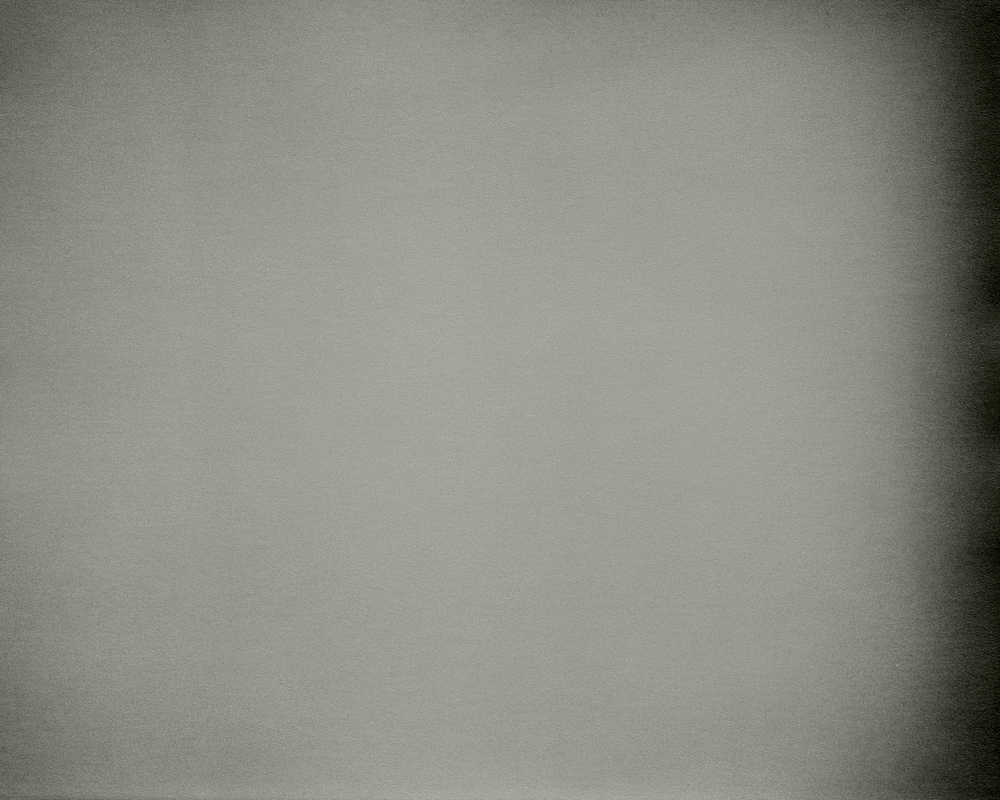
Kodak Medalist (Double Weight), G surface, grade 2, expiration 6/70, emulsion # 57801-11102R
8” x 10” unique photogram on expired paper, 2013
How would you describe your work, and your studio practice? I alternate between calling myself “an artist who works within the greater realm of photography” and a conceptual photographer. I’m fascinated with how viewers interact with work – and how you can look at the same thing, but through different devices (projection, print, slide, screen, etc), and come away from it having experienced something completely different. My studio practice really works to examine the mechanisms behind viewing art, from old and tarnished slide projector screens (like what you’d have viewed the family trip on when we all shot slides on vacation) to pixelated computer screens, expired black & white photo paper, and everything in-between. I just received a summer research grant to stretch these ideas into a new tangent, and I’m super excited to see what I’m able to develop.
What part of artmaking to you like or enjoy the most? The least? Please don’t get me wrong – I love the process of creation – but, personally, my favorite part of art(making) is having a chance to disconnect from the work from time to time, and just think about things that interest me. Idea generation really is the key (in my opinion) to successful work, and just having an opportunity to sit back, not worry, and think is pretty awesome. As an educator, my favorite part of art (in general) is being able to sit down with my students, look at their ideas/work/etc, and help them figure out where to go next – it’s easy to tell students what they should do, but it’s much more rewarding to help guide them to their own conclusions, which I then get to see the results of. My least favorite part is the paperwork and business of being an artist – I’m willing to bet that this is a common answer, but I’m much more involved with the process, and my work, when I’m creating than when I’m filling out forms and fighting bureaucracy.
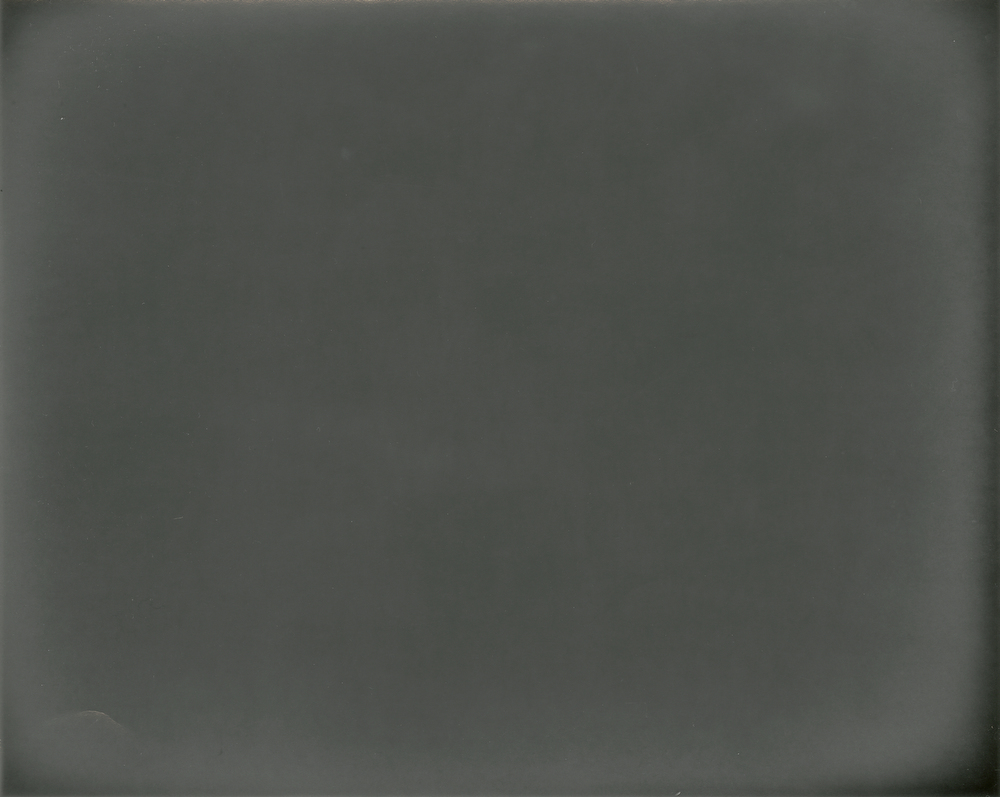
Kodak Kodabromide (Single Weight), F surface, grade 2, expiration 6/71, Emulsion # 57101-12044H
8” x 10” unique photogram on expired paper, 2013
What research do you do for your art practice? I look at research in three different modes – conceptual, technical (practical) and theoretical. Conceptually, my research is a very internal process – how I approach viewing & interacting with work, seeing work, thinking about how I see work, and how others see my work. Technically, it’s the how I create my work – is there technology involved (I have a new project on the horizon that hinges on custom 3d modeling and printing interfaces I need to develop), what format will the work be in, how will it be presented/mounted, etc… Theoretically, it’s about how my work fits in the current conversations among artistic, as well as scientific/philosophical/etc, ideas. There’s a lot of work being created that deals with archival materials and/or alternate narratives, which I’m really interested in. Likewise, as technology develops, there are more and more ways of viewing content, and with each new device of viewership, there needs to be an understanding of how that device influences its viewer.
What books have you read lately you would recommend? Movies? Television? Music? To be honest, most of the books I’ve read lately are all tied to this spring’s teaching – I’m a little embarrassed by the lack of things I’ve read for myself recently. I did just see a great documentary, though – Particle Fever. I think, given my interests in science growing up, it’s really awesome to see so many scientists excited over a single machine. As for music, it depends on what I’m doing – I tend to equate different memories and motivations to music, so, really, it all depends on what I’m doing. If I’m writing/researching, I love Miles Davis’ In A Silent Way, chiller Moby, Bon Iver, etc. If I’m working in the studio, it’s usually uptempo pandora mixes (there was a lot of Girl Talk and things like that going on in grad school among). When I’m in the office or commuting to work, it’s usually NPR and NPR podcasts. I still love reading the New York Times (in its printed form), but I just don’t have the time to do it consistently anymore.
Do you ever get in creative dry spells, and if so, how do you get out of them? All the time! I’m lucky, though, in that I usually have enough material to keep on with something – if I get stuck on one project, I’ll move to another, then back, etc. This was especially true when I was working full-time in the film business, as corporate/commercial work tends to be very quick – I’d be able to take a few-day break from my own art, then, when I came back from the job, I’d be ready to take it back on. Now that I’m teaching, I think I’ve got enough ideas to last a few years – they’re probably not all winners, but they’re things to explore when I get stuck on my primary body of work.
How do you challenge yourself in your work? Right now, the challenge is just to keep making. I really hate how slow my production has become this year, and it’s definitely a rut I’m looking forward to escaping this summer. Overall, though, I think the challenge is to stay relevant – and not let others get you down. I know there are artists out there doing similar things to me, some more successfully, but ultimately, it’s how my work all fits together that keeps me on track. If my overall themes start to lose focus, then, I think, it’s time to re-evaluate what it is that I’m doing. But, if one small facet has been done before, the challenge becomes how I can present that sub-body of work in a way that is cohesive with my overarching premise, and not making it look like I’m copying someone else conceptually. I don’t necessarily agree that “It’s all been done before”, but, as artists, it’s our challenge to take the everyday that we live in, and put our own spin on it.
What is your dream project? That’s a tough one – I’m really interested in the memories I have of images I shot when I worked as a photojournalist. Since the newspapers I worked for own the copyrights to the images I made while employed with them, I’d love to work with my memories of these images in some way. Conversely, I’d love to travel to London (which could arguably be my unofficial second home – I love it there) and do something with a series of underground dark, underutilized pedestrian passageways networked throughout the city.

